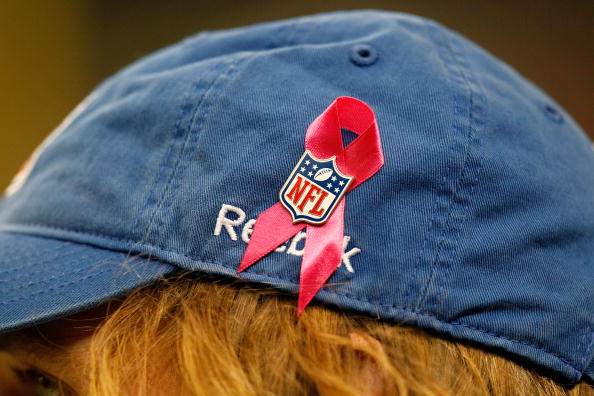
More than two out of every three people who have invasive cancer will survive for 5 or more years after their diagnosis. This and other statistics on cancer survival are part of a report by the U.S. Centers for Disease Control and Prevention.
The report is based on information from 2011, collected by the National Program of Cancer Registries. This is the first time the report includes cancer survivor data. The proportion of people with cancer who survive for 5 or more years has increased due to improvements in early detection and in treatment of cancer, according to the report.
Five-year relative survival rates are the standard for determining the prognosis of someone with a particular type of cancer. It refers to the percentage of people with a particular cancer who survive for 5 years or more after their diagnosis. Many people survive much longer than 5 years, but the 5-year length of time is a convenient marker.
The report noted that there are disparities in the incidence of cancer. Men are more likely to have cancer than women and the highest rates are among blacks. The overall 5-year survival rate for cancer is 60% among blacks and 65% among whites.
Survival rates vary from 97% of prostate cancer patients surviving for 5 years to 18% of lung cancer patients. Patients with breast cancer have a relative survival rate of 88%. Patients with colorectal cancer have a 63% relative survival rate. Prostate cancer is the most common type of cancer, with 128 cases per 100,000 men, followed by breast cancer in woman, with 61 cases per 100,000 women.
According to the report, New Mexico has the lowest incidence of cancer, with 374 cases per 100,000 people and the District of Columbia has the highest, with 509 cases per 100,000 people.
The report was published in Morbidity and Mortality Weekly Report and can be read at http://www.cdc.gov/mmwr/preview/mmwrhtml/mm6409a1.htm?s_cid=mm6409a1_w
